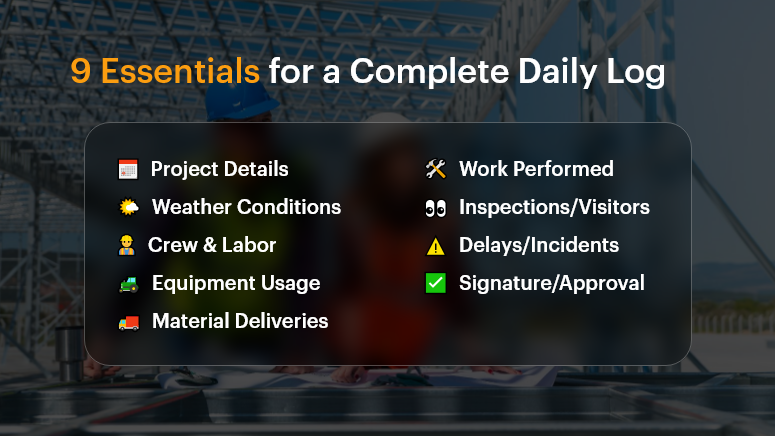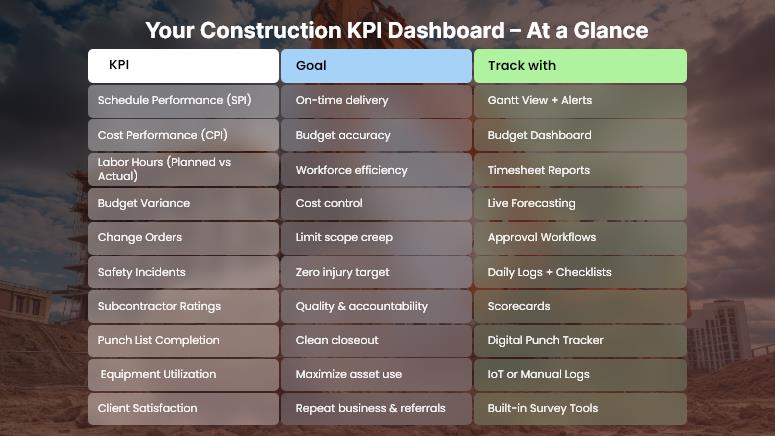Between illegible handwriting, misplaced clipboards, and delayed handovers, construction teams lose hours each week — and risk costly miscommunication. In today’s fast-paced construction environment, where every minute counts and margins are tight, there’s no room for manual reporting.
Modern field reporting isn’t just a trend; it’s a necessity. With cloud-based tools like OConstruction, teams can record site data in real-time, directly from their mobile devices — and instantly share it with the office.
This blog explores why switching from clipboard to cloud is a game-changer, what it means for field operations, and how to do it right. Whether you’re a project manager, site engineer, or contractor, you’ll learn how to modernize your reporting workflow and boost productivity where it matters most: on the ground.
Business Relevance & Why It Matters
Let’s face it: outdated processes are expensive. Manual field reports lead to data loss, project delays, and misaligned teams. Worse, they leave decision-makers flying blind.
In construction, where timelines are tight and compliance is non-negotiable, modern field reporting creates a competitive edge.
Why companies should care:
- Data accuracy: Manual entry increases human error. Digital input with predefined fields minimizes it.
- Speed: Waiting for physical reports to arrive at the office delays critical decisions.
- Visibility: Real-time reporting empowers leadership with instant site insights.
Who benefits the most:
- Project Managers get real-time updates to keep the project on track.
- Safety Officers log incidents and checklists on the go.
- Supervisors and Engineers document progress with images and notes from the field.
Real-world problem: A subcontractor forgets to submit a daily report. The result? A billing dispute weeks later due to undocumented work.
Digital solution: With OConstruction, daily logs are timestamped, geo-tagged, and securely stored in the cloud, making them accessible and verifiable instantly.
In short, modern field reporting reduces disputes, improves compliance, and accelerates project timelines.

Best Practices, Frameworks, and Actionable Strategies
1. Ditch the Paper, Don’t Ditch the Process
Start by digitizing existing paper forms. You don’t need to reinvent the wheel — just rebuild it digitally.
- Convert daily logs, safety checklists, and material usage forms into digital templates.
- Use conditional logic to prompt users for required fields.
2. Choose Mobile-First Tools Built for the Field
Not all software is made for job sites.
- Pick tools like OConstruction that offer offline mode, photo capture, and voice-to-text.
- Ensure the app is user-friendly for non-tech-savvy workers.
3. Standardize Your Reporting Templates
Consistency is key.
- Use standard templates to ensure data is comparable across projects and teams.
- Pre-fill project names, locations, and tasks to save time and reduce errors.
4. Train Your Field Teams
Adoption depends on ease of use.
- Run short training sessions or tool walkthroughs during toolbox talks.
- Encourage supervisors to lead by example and support their crew.
5. Use Real-Time Syncing for Faster Decision-Making
Eliminate the reporting lag.
- OConstruction automatically syncs data with the cloud, giving office teams immediate visibility.
- This enables faster responses to delays, RFIs, or safety issues.
6. Visualize Progress with Dashboards & Reports
Make the data work for you.
- Use OConstruction’s built-in dashboards to monitor KPIs like daily progress, delays, or labor usage.
- Export reports instantly for clients or compliance audits.
7. Maintain Data Integrity and Audit Trails
Protect your business.
- Time-stamped logs, location data, and image attachments ensure verifiable reports.
- Use role-based permissions to control access and maintain data integrity.
Customer Story/Use Case Example
For example, Rivera InfraTech, a mid-sized commercial construction firm, used OConstruction’s mobile field reporting tool to digitize their daily site logs across 12 active job sites.
Before switching, their foremen filled out paper forms that often arrived late or incomplete. This led to disputes with subcontractors and delayed invoicing.
With OConstruction:
- Daily reports were submitted in real-time with photos.
- Supervisors were alerted immediately of any safety incidents.
- Project managers could track progress live from the dashboard.
As a result, Rivera InfraTech reduced reporting time by 60%, cut back disputes by 40%, and improved billing cycle efficiency by 30%.
Key Takeaways & Closing Summary
Modern field reporting is more than just going paperless. It’s about building a faster, more connected, and data-driven construction team.
By shifting from clipboards to the cloud with a solution like OConstruction, companies can:
- Boost on-site efficiency
- Improve project visibility
- Reduce disputes and delays
Whether you’re managing a single site or scaling operations across regions, digital field reporting ensures your team works smarter — not harder.
The future of field operations is mobile, cloud-based, and real-time. Make sure you’re not left behind.









